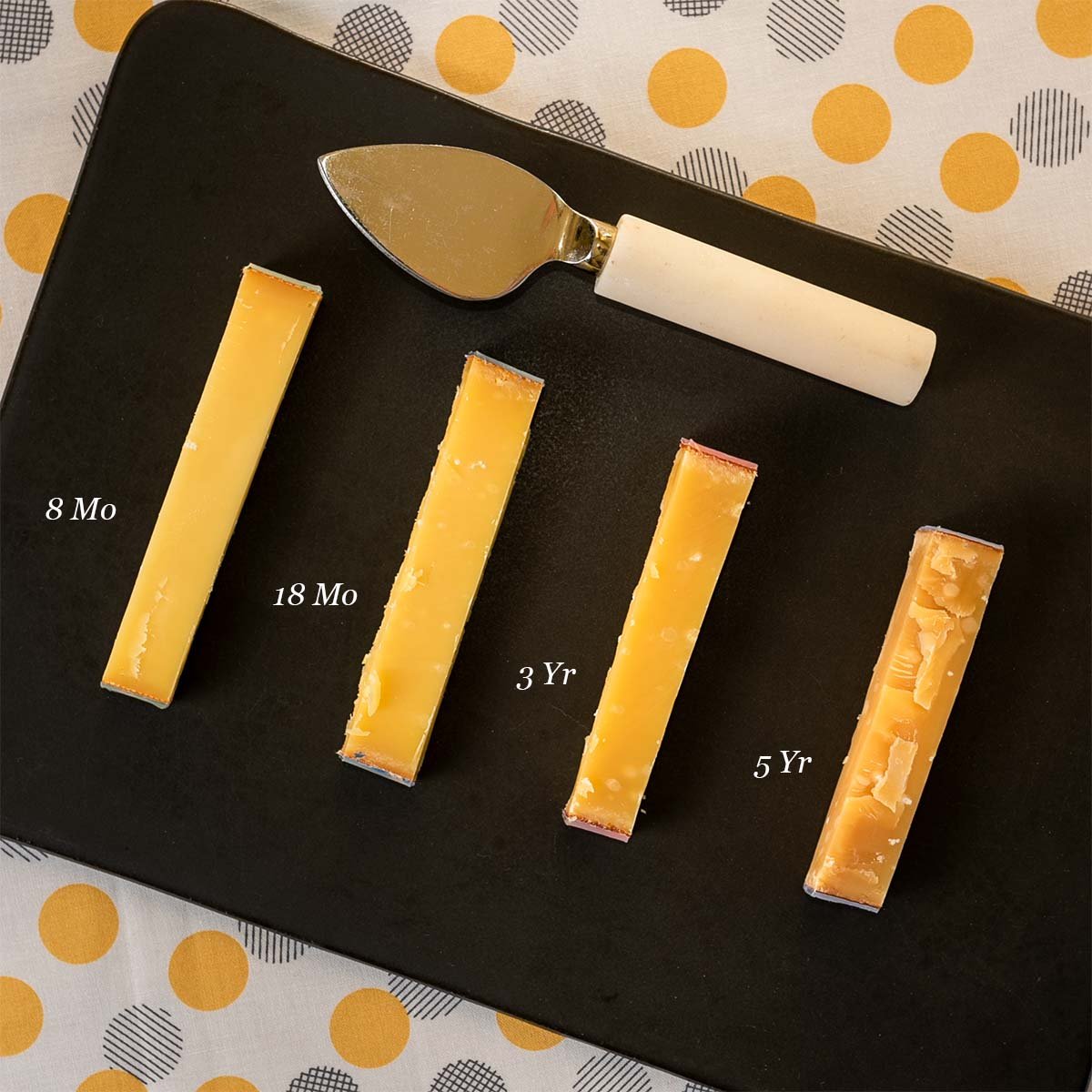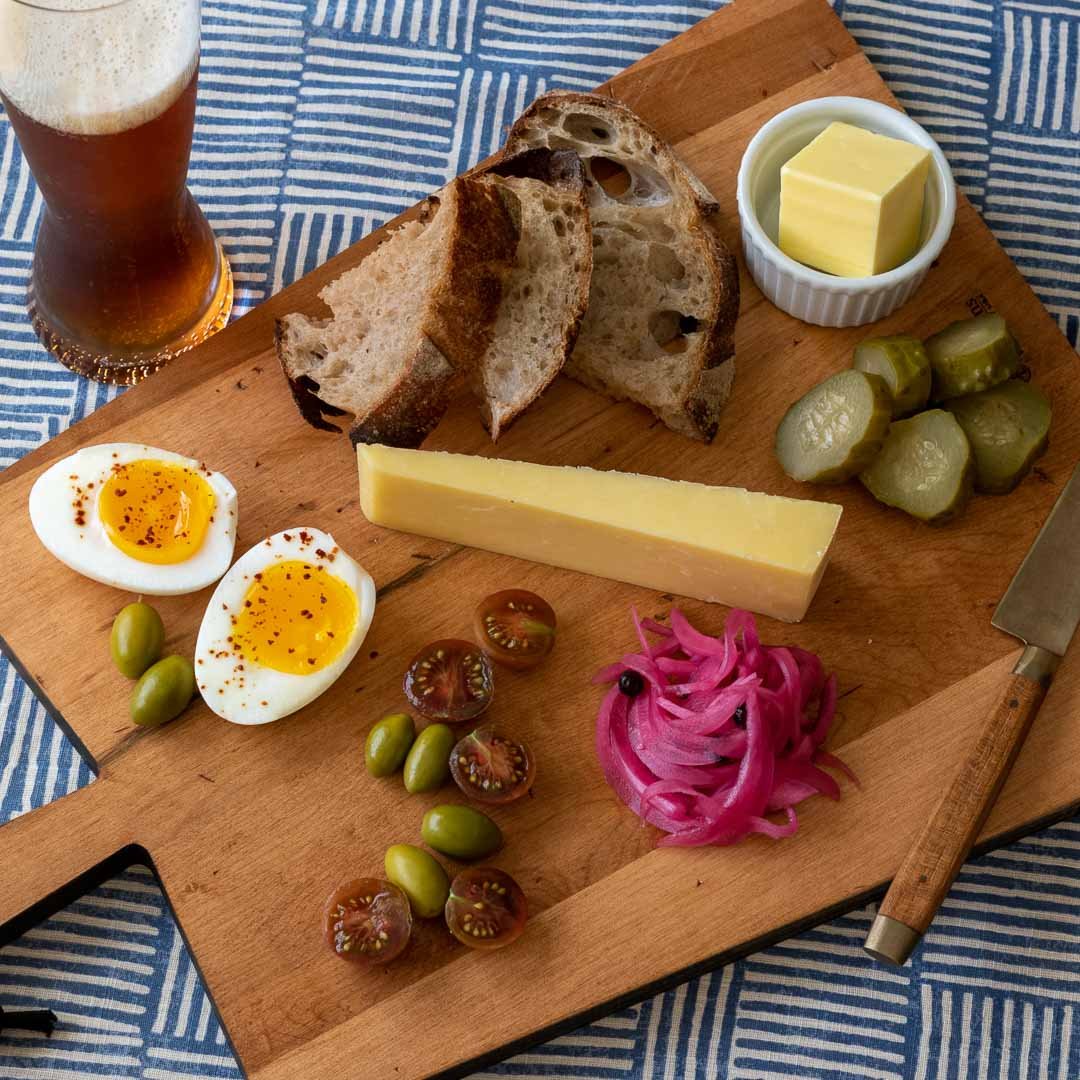We’ve all read about the soaring cost of shipping, both by sea and by air. Brace yourself for the inevitable price hikes on imported cheese. One retailer complained to me that he can barely keep up with the constant alterations he needs to make to his signage. Given these times, I was jubilant to find a favorite Spanish cheese recently at just over $20 a pound. Ironically, a few days later, I received a sample of a new American cheese retailing for $70 a pound. What can possibly explain such a price spread?
Zamorano, my Spanish bargain, is a Manchego lookalike—a firm, aged sheep cheese with a similar basket-weave impression on the rind. But unlike Manchego, Zamorano is always made with raw milk. It’s produced in a different area (Zamora, not La Mancha) with milk from different breeds (the Churra and Castellana, not the Manchega). But you could probably swap one for another and only expert tasters would know. Or maybe they wouldn’t.
In my experience—which is limited because I encounter this cheese so rarely—Zamorano tends to be a bit more robust in flavor, a bit more sheepy. Michele Buster, a New York-based importer of fine Spanish cheeses, describes her Manchego as more buttery and her Zamorano as more nutty. Works for me.
Photo: Victoria Pearson
Like Manchego, Zamorano ranges in age from three months to nine months or more. Younger wheels are moister and sweeter, becoming drier, more savory and more piquant as they mature. The Zamorano I purchased recently—from Cheese Plus in San Francisco—had a lemony lamb-chop scent mingled with hints of toasted nuts and caramel; a firm, sliceable texture; and a compelling balance of sweetness and salt that made it hard to stop nibbling. I would serve it before dinner with warm green olives, or at the end of a meal with quince paste.
Serve Zamorano with fino or amontillado sherry to launch a meal, or with Ribera del Duero or another rich, full-bodied red wine to conclude it. Ask your favorite retailer about ordering Zamorano if they don’t already stock it. They can purchase it from Forever Cheese or World’s Best Cheese, both major distributors. Retail sources currently include: Bristol Farms, Cheese Plus and Spanish Table (CA); Cheese Importers (CO); Mazzaro’s Italian Market (FL); Firestone Farms (OH); Food Cellar, Giordano’s of Rochester and Malt & Mold Gramercy (NY); George DeLallo Co and Pennsylvania Macaroni Co (PA); The Cheese Wheel Village Merchant (RI); Scardello (TX); plus some Whole Foods. It’s also available online from Zingerman’s and igourmet.
I don’t understand how an American cow’s milk cheese can merit a retail price that’s so much higher than this delicious Spanish import. Yes, there are cost differences in land and labor, but really. The American cheese wasn’t a farmstead product, limited by milk supply, nor was the quality exceptional. We’ll see what consumers think.





